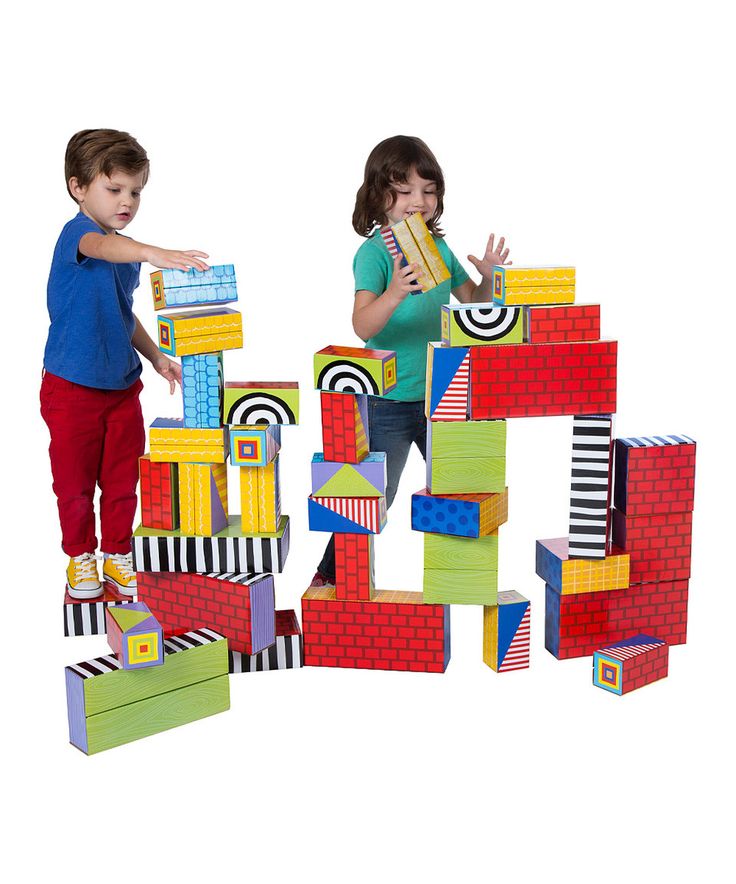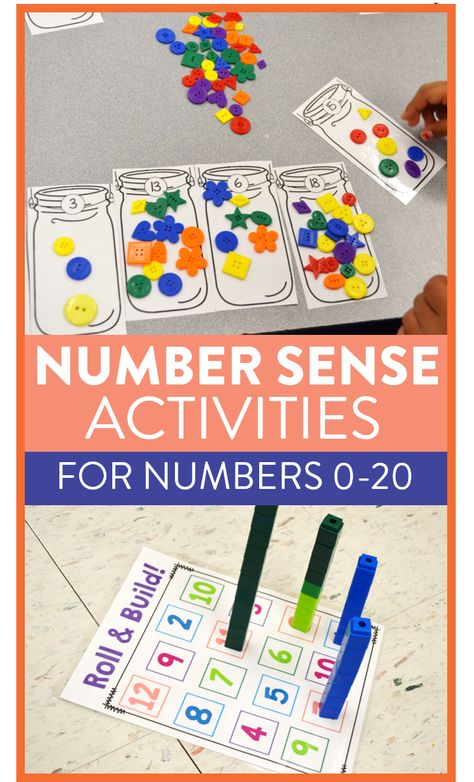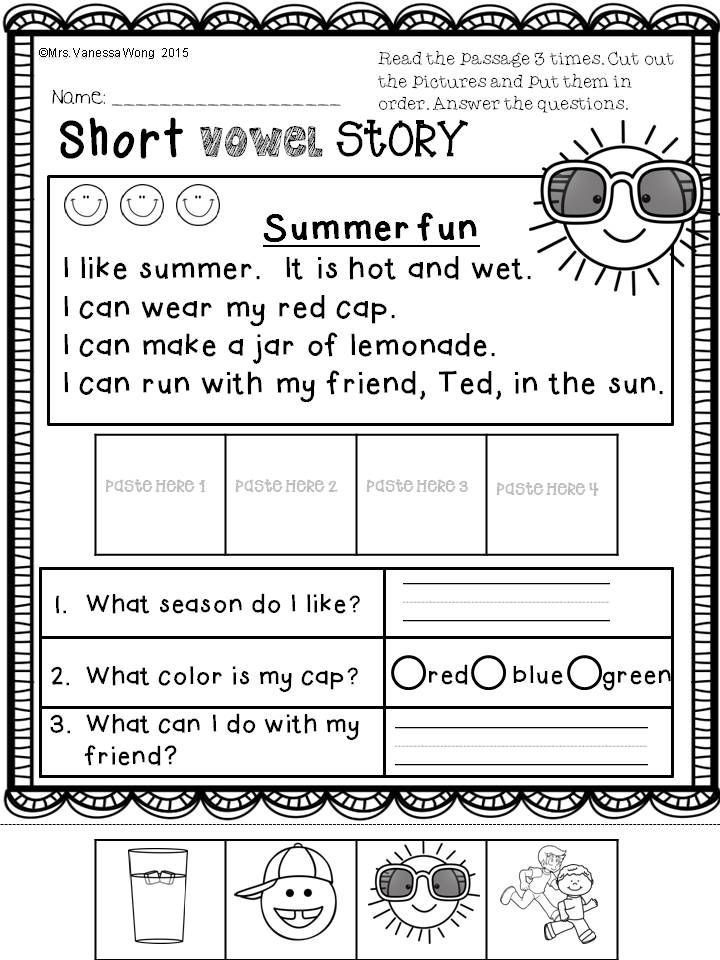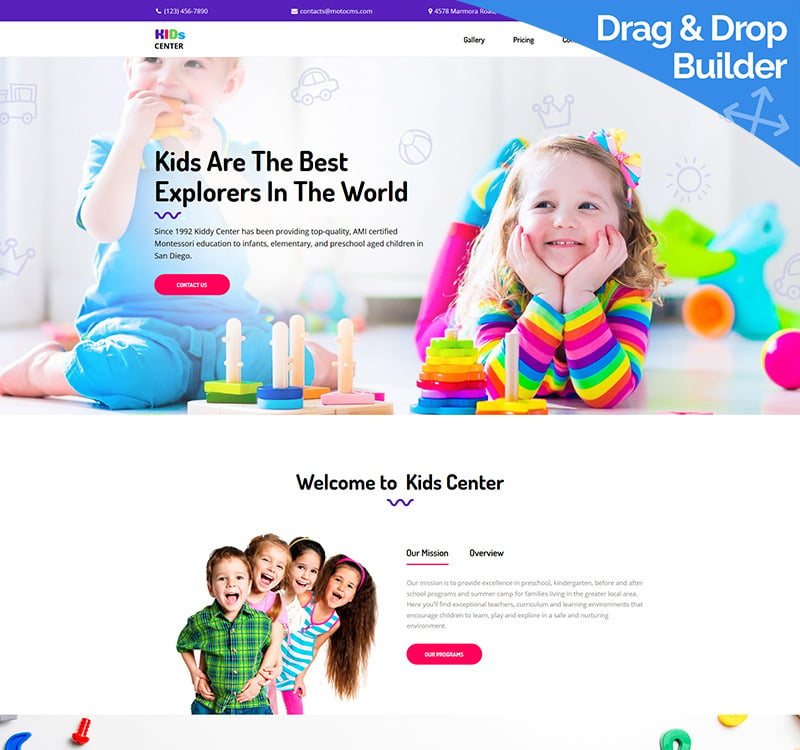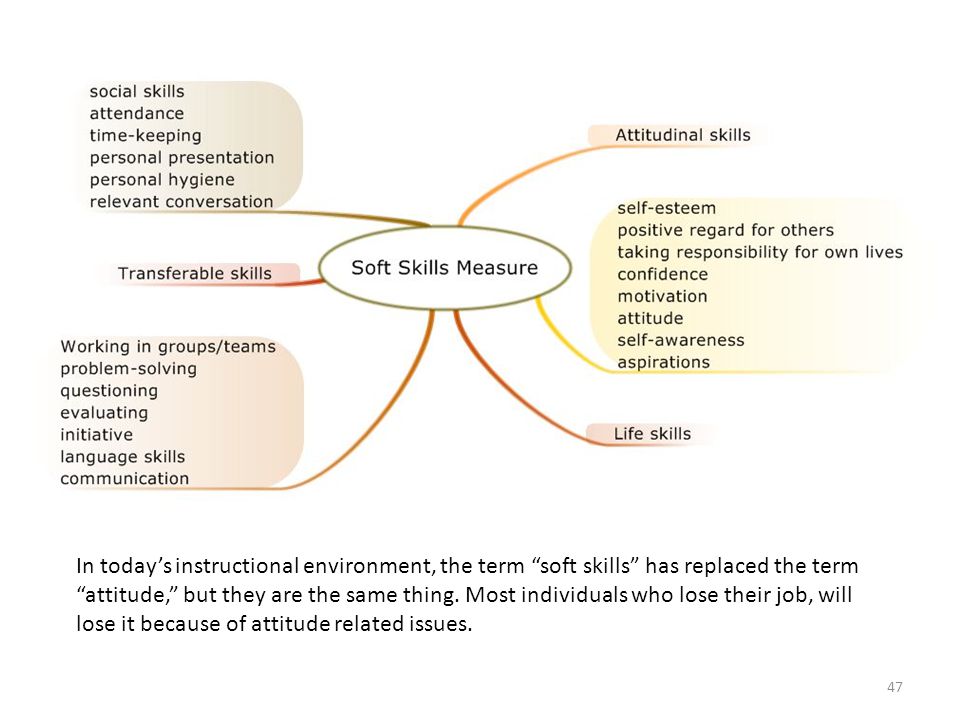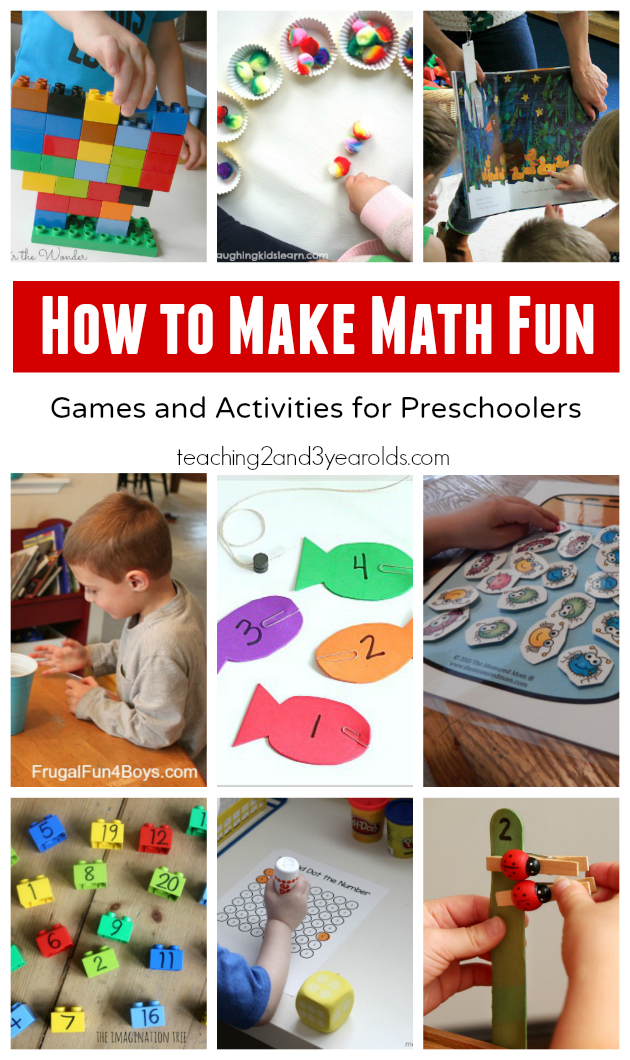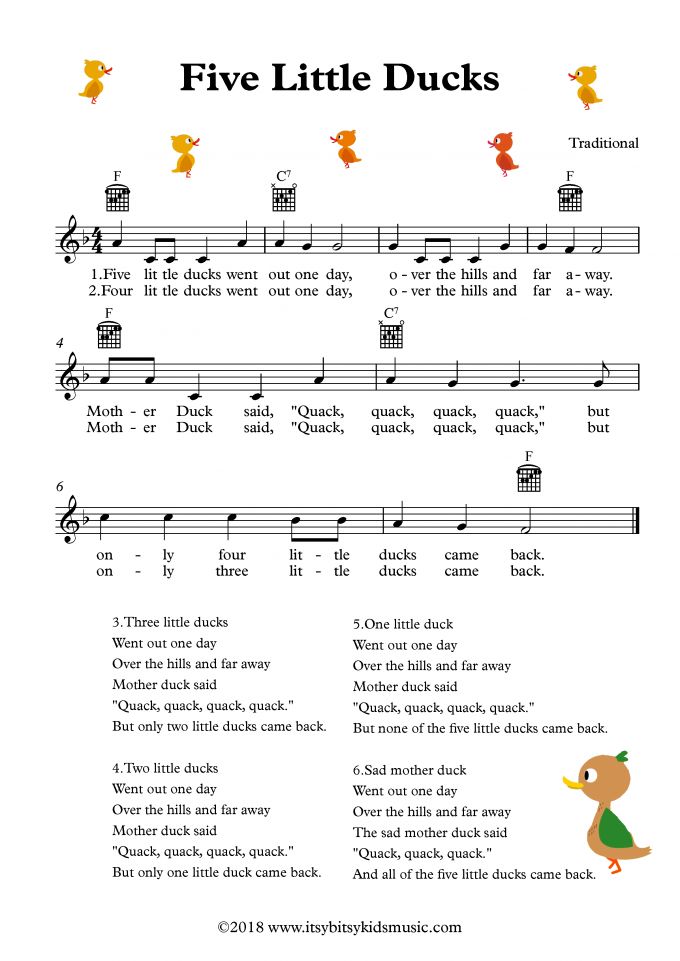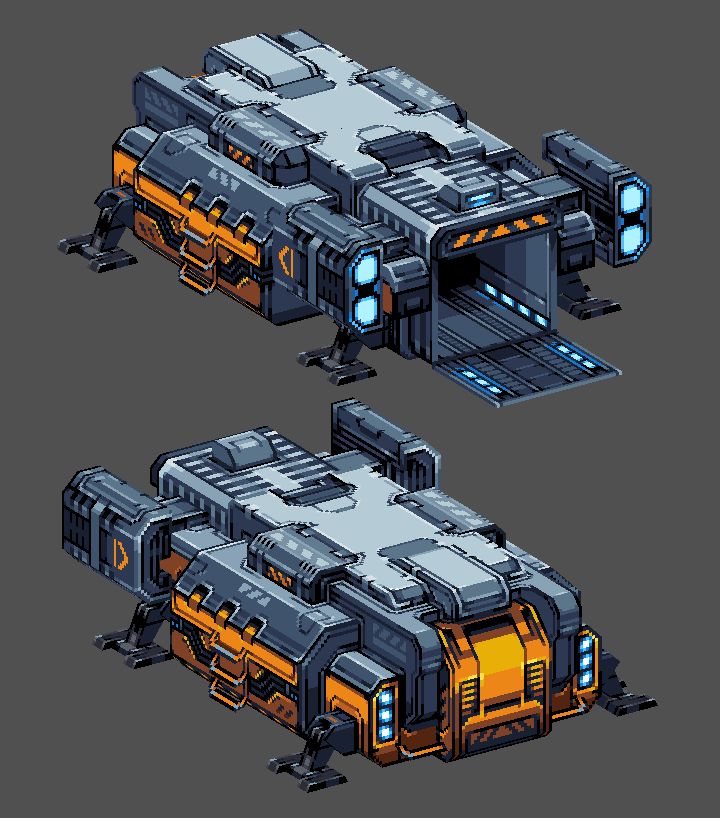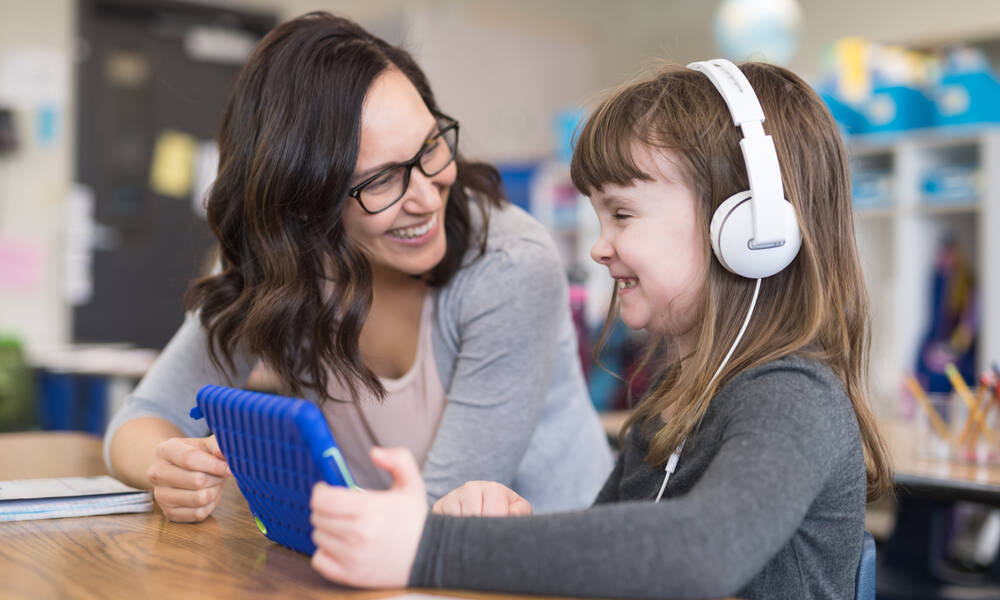Ideas for imaginative play
What is imaginative play? 10 ideas for the whole family
- Home/
- Inspire Environmental Play/
- What is imaginative play? 10 ideas for the whole family
What is imaginative play, and how can it help kids? Find out here – and discover 10 fun imaginative play ideas to try with your little ones.
Have you ever bought your little one a toy, only to watch them play with the packaging for hours instead? With a little imagination, children can turn the simplest of objects into toys worthy of hours of attention. This kind of pretend-play is worth encouraging, too – here’s why.
What is imaginative play?
Imaginative play is when a child uses their imagination to role-play scenarios they have seen, experienced or would like to experience. It’s a kind of open-ended, unstructured play, with no rules, goals, or result – except that kids learn a lot along the way.
Examples of imaginative play can include pretending to cook, clean, save the world, beat bad guys, host exceptionally dignified dinner parties, become the mayors of cities, slay dragons and extinguish fires. There is no limit to what can be considered imaginative play, as long as your child is using their imagination (and sometimes, props) to act out the scenario.
So what are the benefits of imaginative play?
Kids these days are surprisingly busy. As well as school and homework, plenty of them also play sports, join clubs, are tutored, and take music or language lessons. Imaginative play allows kids to relax, let go, and just be kids.
But the benefits of imaginative play don’t stop there. Experts believe (pdf - 3.8MB) that this kind of real play can do a lot for kids’ development, improving their social and language skills, boosting their creativity and problem-solving abilities, keeping them active, and (most importantly) making them happy.
So how do you pull kids away from TVs, tablets, and laptops, and encourage them to simply play? Here are some examples of imaginative play activities to get you started.
10 imaginative play ideas to try with your kids
While the imaginative play ideas below can help you kick off some amazing games of pretend with your kids, it’s important to avoid imposing your own idea of what the game should be on them.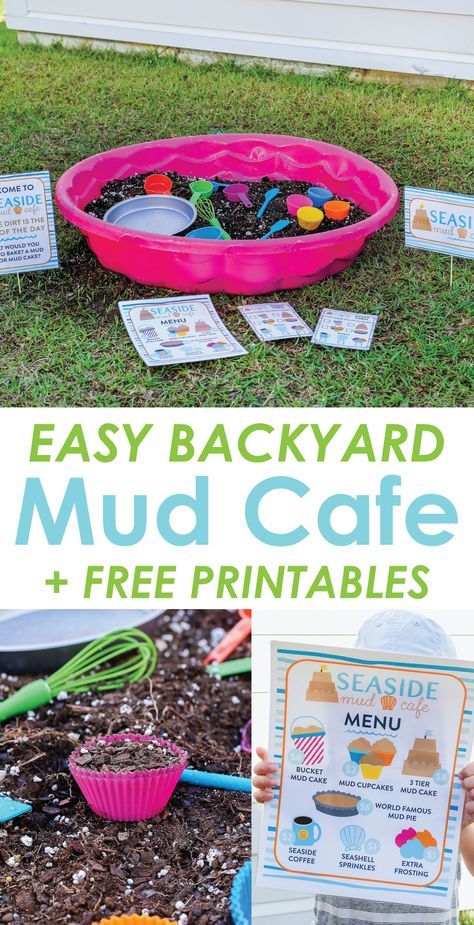 If your kids say the rug you bought for an imaginary picnic is a patch of deadly quicksand, go with it – and start looking for a branch to pull them out!
If your kids say the rug you bought for an imaginary picnic is a patch of deadly quicksand, go with it – and start looking for a branch to pull them out!
Cook an imaginary meal.
Children love to act out the ordinary things their parents do. Help your little one get into the role of future chef by laying out cooking equipment, “ingredients”, or even a drawn-out hob for them to play with. Let them serve you up a meal, and prepare to pretend that mud pie is your favourite.
Throw picnics and tea parties.
Bad weather outside? No problem. Set up your own indoor picnic with a picnic rug, your child’s favourite toys and a few kitchen-related props. Remember: pinkies up at all times, and never fail to ask whether Teddy would like more tea or cake. Etiquette matters.
Play super heroes.
Don a cape or choose an action figure and embark on the greatest fight between good and evil that the world has ever seen.
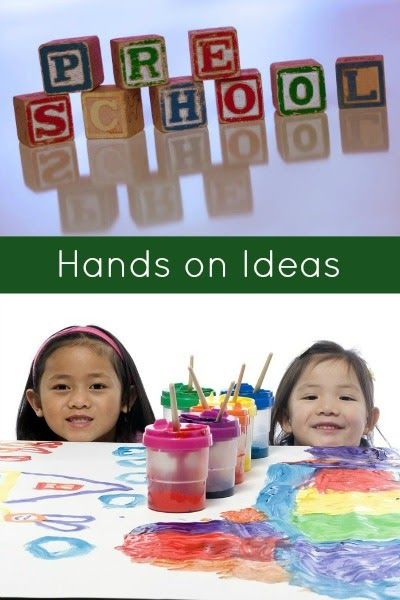 It’s even more fun if you play the villain and let your child defeat you. Perfect your “I’m meeeellllltiiiing” speech, and remember that you would have gotten away with it, too – if it weren’t for those pesky kids . . .
It’s even more fun if you play the villain and let your child defeat you. Perfect your “I’m meeeellllltiiiing” speech, and remember that you would have gotten away with it, too – if it weren’t for those pesky kids . . . Turn a box into . . . anything.
One of the best things about imaginative play is that you don’t need any special props to do it. For example, an ordinary large-ish cardboard box can become a house, a car or an aeroplane. Flatten it out, and you have a desert island. Give your little one a few boxes and watch for a bit to see what they do. Jump in once they’ve decided what the game is going to be.
Put on a performance.
It’s the ultimate improv exercise: using whatever props you have to hand (puppets, dolls, action figures, hairbrushes, boxes can all help), act out a play with your child. Let them dictate the plot as you go!
Plant up a (fake) garden.
They might only be cardboard cutouts of flowers and imaginary vegetable patches, but your child can still have fun watering, weeding and looking after them.
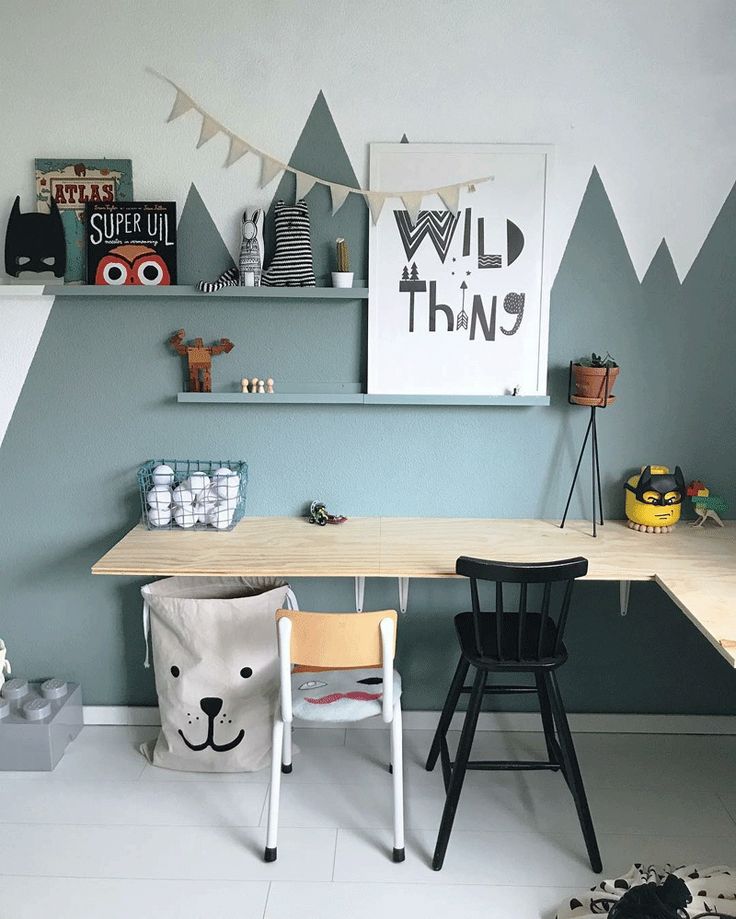 All the fun of a real garden, with none of the risk.
All the fun of a real garden, with none of the risk. Build a city.
Toys like Lego and building blocks can be useful props for this game. Help your little one build a metropolis, then run the town together.
Clean the house.
Ever turned around after doing a household chore, only to find a little helper copying you? Kids are often strangely fascinated by housework. The next time you’re vacuuming or mopping the floor, give your child a prop so they can follow you around the house and take part.
Run a shop.
If your child owned a shop, what would they sell? Help your child stock their shop’s cupboards, pretend to be a series of customers, and use (fake) money to buy their wares.
Play explorer. With a simple magnifying glass, accompany your child on an expedition around the house. Could a hair clip be the key to a lost temple? A sweet wrapper the cloak of a tiny magician?
Sounds fun, right? Remember, the benefits of imaginative play can extend to you too — so connect with your inner child and lose yourself in a world of imagination.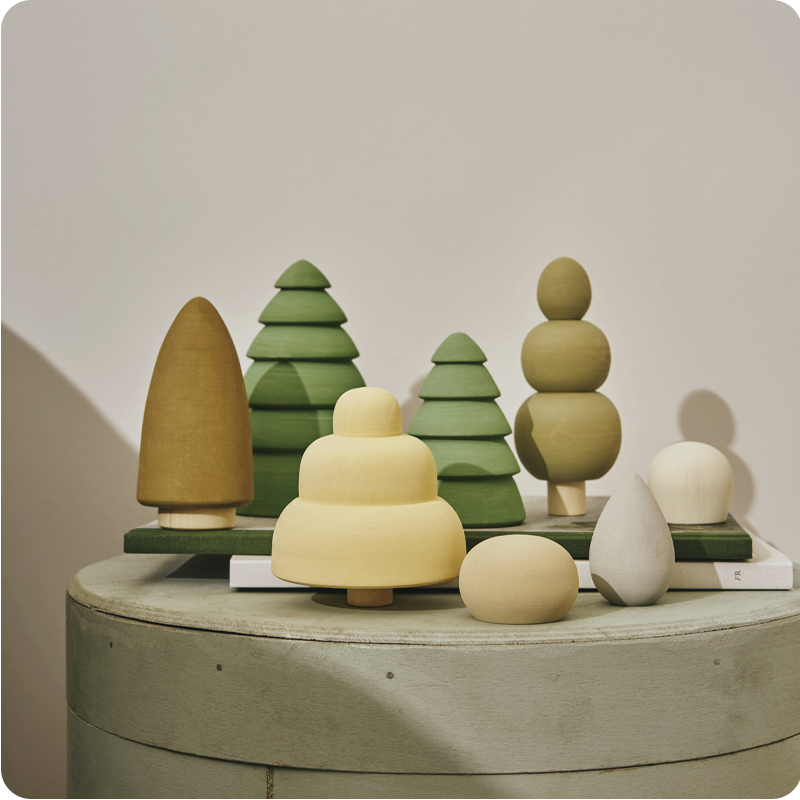
Share
FacebookTwitterImaginative Play Ideas for Kids
Are you tired of the same old pretend play ideas that you do with your kids? Inject some new passion into your playtime with these fresh and fun ideas for Imaginative Play.
Benefits of Imaginative Play
Developing Creativity – escaping into a world of make believe provides your child with the freedom to explore and develop their own creativity in a comfortable environment. This will help prepare them to think more creatively when trying to solve problems in adulthood.
Growing Imaginations – popping on a costume or playing with just a few pretend play props might be all your child needs to spark their imagination. Once they start on a pretend play adventure encourage them to take the lead in a role play activity and see where they can take it or ask them questions to help them carry on with a story as they play. The more they grow their imagination now, the bigger their ideas will be when they grow up.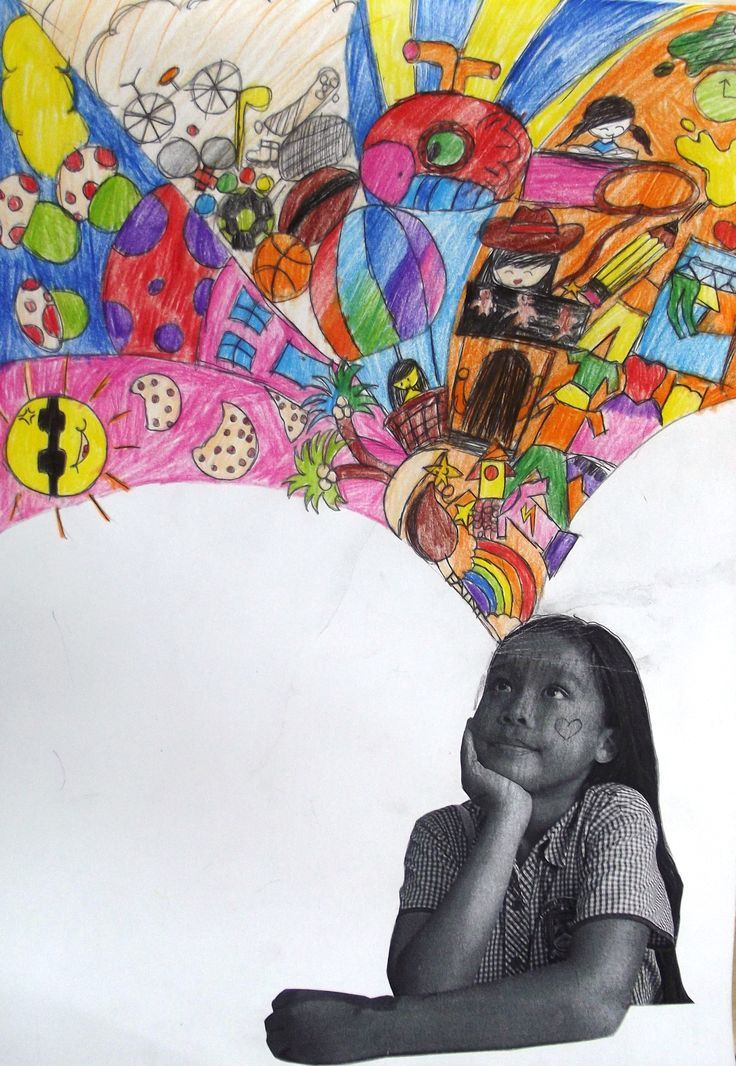
Language Skills – Engage your child in a simple play or watch them play shops with siblings and friends and see how quickly they start to learn new words and ways of describing things. Talk to them as they play to keep the conversations flowing and to introduce new words to your children.
Social Skills – Playing together with siblings, friends or caregivers is the perfect forum to improve your child’s social graces. They learn how to take turns and share responsibility as they swap roles in different role play scenarios. My own kids love to work together to put on shows for us to watch about dinner time. This could be a simple re-telling of a favourite story, a magic show or a concert of their favourite songs. Noe these shows might now win any Oscar nominations, but the team work, leadership and confidence they develop as they work together to put on these shows and the positive reaction they receive from the audience is worth so much more to them.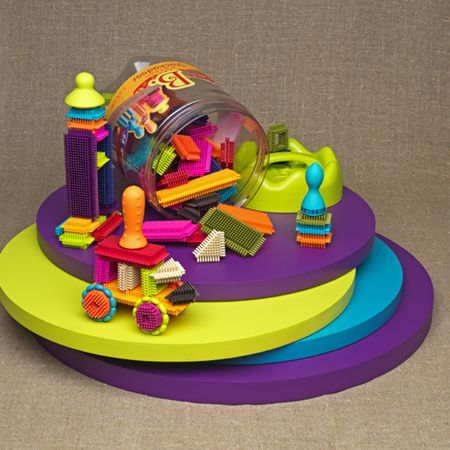
Career Research – It’s never too early for your child think about “What they want to be when they grow up”. Setting up different dramatic play scenarios for your child to play in provides an excellent introduction into the basics of running a shop, serving in a cafe, caring for others in a hospital or looking after soft toys at the vets.
Life Skills – Children learn through play so you can use play making playtime the ideal time to teach them some valuable life skills. Playing with a toy phone is an excellent time to teach your child how to make an emergency call. Setting the table is a dramatic play cafe can then be transferred to helping you set your own dinner table and then helping out with more kitchen chores as they get older.
Real Life Scenarios – Playing Doctors and Nurses is a useful role play activity to ease any concerns your child has about an upcoming trip to the hospital or use soft toys in a vet dramatic play centre to talk through their feelings about their favourite pet going in for an operation
“Children learn as they play.
Most importantly, in play children learn how to learn.” O. Fred Donaldson
Click here to receive our FREE eBook
Animal Imaginative Play
This post contains affiliate links for your convenience.
It feels like my daughter spends half of her day pretending to be an animal at the moment. She is always keen to get me involved as well. “Mummy pretend I’m a baby guinea pig and you are the mummy guinea pig.” Being a mummy animal usually involves giving her lots of cuddles and pretend treats, so it’s quite a nice way to spend a bit of time with her.
Getting involved in a pretend play activity with your child is an excellent encouragement for them, especially if your child is reluctant to play or feels shy about pretending to play another role.
- Setting up an Animal Hospital is a great activity for a small group of friends to enjoy developing their caring side together on a play date.
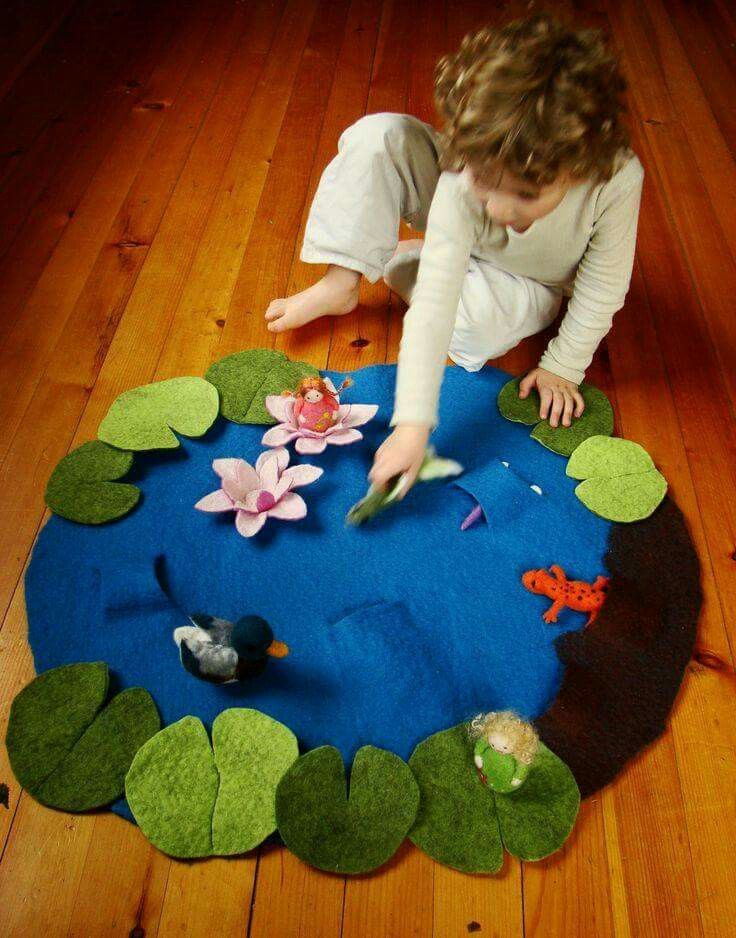
- Pretend to be a Paleontologist in this Dinosaur Dramatic Play Centre.
- See how easy it is to set up your own Small World Zoo with Everyday Items.
- Gather up some brushes, combs and soft toys and set up your own Pet Grooming Salon.
- Pretend to be an Explorer and use home-made binoculars to go on an animal hunt around your home.
- Enjoy working together to Build your own Farm Fences from scraps of wood and then fill them up with animals and play farms.
- Turn TP Rolls into Farm Animals to play with on your own pretend play farm.
- A fun craft and pretend play activity which teaches kids about the wonder of bees.
- Setting up a Farm Sensory Bin for pretend play is a great way for kids to get hands on with learning about what happens on a farm.
Cardboard Box Pretend Play
The humble cardboard box is so useful, just think how many times we use them in our daily lives. We receive parcels inside of them, use them for storage and load our groceries into them.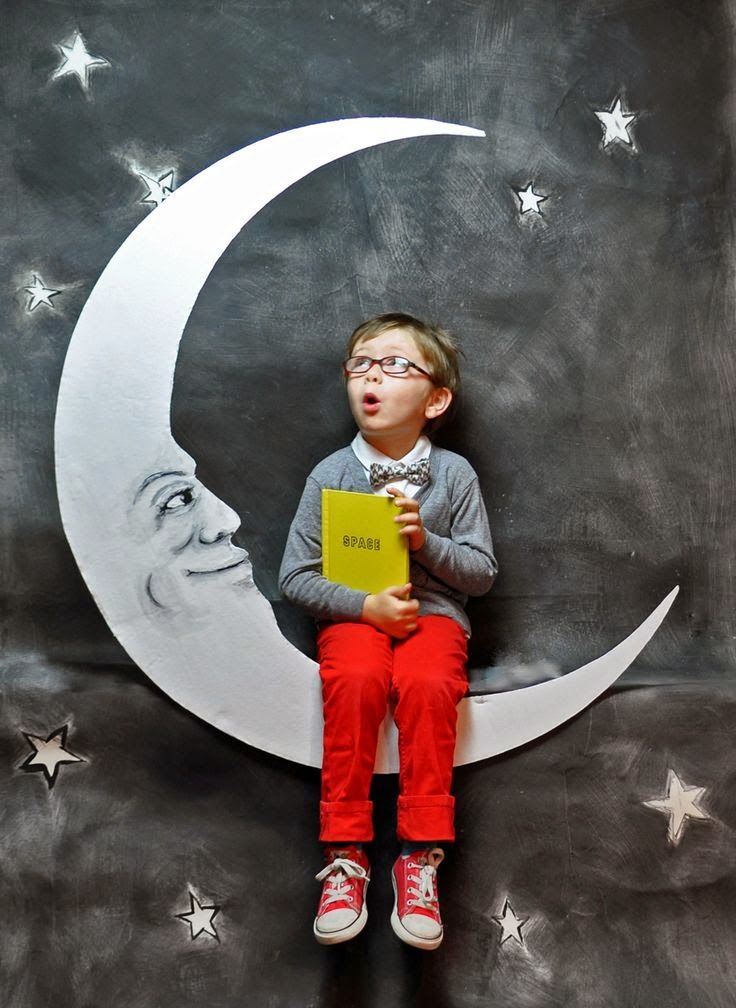 Once you have finished with them, you could just throw them out into the recycling bin or you could hang onto them and use them in a fun pretend play activity with your kids?
Once you have finished with them, you could just throw them out into the recycling bin or you could hang onto them and use them in a fun pretend play activity with your kids?
- Had a new kitchen appliance delivered recently? Hang onto the box and turn it into a Laundry Day Pretend Play activity. A great way to teach your kids to help with the real thing.
- My sons are so going to want to make this Cardboard Box Hot Wheels Car Garage with Ramps.
- This Cardboard Gingerbread House is ideal for a spot of Christmas themed pretend play.
- Go for a drive in your own Cardboard Box Car.
- Sail away in this Cardboard Boat.
- How cool is this Cardboard Dinosaur dressing up costume!
- Build your own Playhouse using different bits of cardboard.
- Blast of into space with this Cardboard Rocket Ship.
“The playing adult steps sideward into another reality; the playing child advances forward to new stages of mastery.
” Erik H. Erikson
Doctors and Vets Dramatic Play
Pretend Play is great way to gently introduce new places that you may need to visit together in real life. Does your child have a upcoming doctors appointment that they are feeling nervous about or is their beloved pet having to take trip to your local vet? Acting out the role of a doctor or a vet is a good way to show and talk to your child about what is going to happen.
- Turn your child’s bedroom into a Pretend Play Hospital.
- It’s never too early to start to teach your children about first aid and pretend play is one way you can introduce it to your child.
- Setting up a Vet Office Pretend Play is a gentle way to show kids what happens when their pet visits the vet.
- You don’t have to buy an expensive doctors kit to pretend to be a doctor. Here are lots of ideas for things you will probably already have around the home to make your child their own DIY Doctors Kit.
- Every good doctor needs a checklist to work through and you can print one out for free over at this I’m a Doctor Pretend Play Activity.
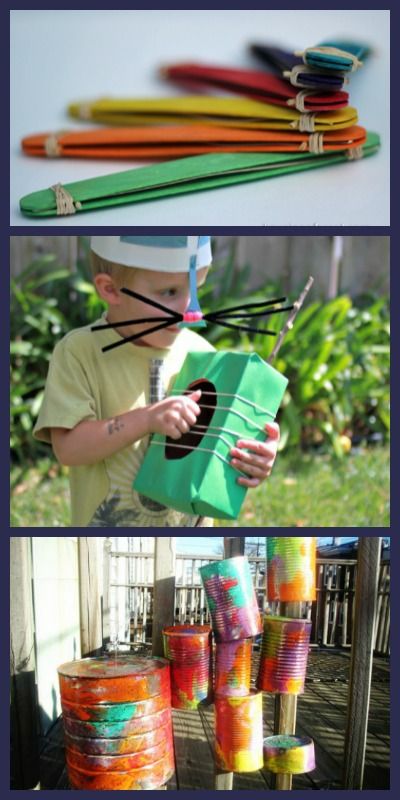
- Does your child need to come along to your antenatal appointments with you? Setting up a Doctor’s Surgery Pretend Play activity before you go is a good way to explain to your child what will happen so that they won’t worry.
- You will find lots of Vet Pretend Play Printables here to bring your own Vet Practice to life.
- Are you little ones fans of Doc McStuffins? Incorporating your children’s favourite TV show into a pretend play activity is a great way to engage them from the start.
“Play gives children a chance to practice what they are learning.” Mr. Rogers
Dressing Up Box
Growing up I spent a lot of time at my grandparents house, whilst my parents were working. One of mine and my sisters favourtie games to play there was “dressing up.” My granny had the most amazing dressing up box full of her and my Granddad’s old clothes and accessories. I remember this really big blue sunhat and my grannies scarves and shoes being personal favourites.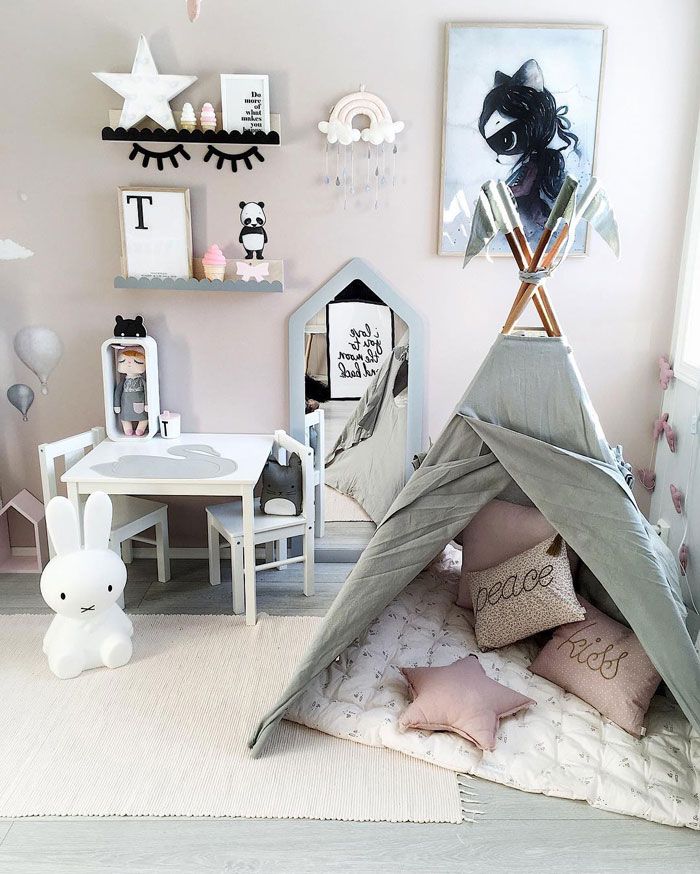
Yes you can buy lots of different dressing up outfits now down the shops, but what could be more fun than dressing up in your parents old clothes or even up-cycling them into something much more special.
- Upcycle an simple headband into a DIY Mermaid Tiara and then pari it with your own Mermaid Tail.
- Dressing up is not just for kids, why should their dolls miss out? Make them some of these very pretty Fairy Hair Braids.
- Did you know that you can turn a cereal box into a Wonder Woman Tiara and Cuff set?
- Your very own Cardboard Sword is a must for every dressing up box.
- Being a Superhero is much more fun when you wear a cape. Not good at sewing? No worries here is a No-Sew Superhero Cape.
- Cast some magic spells with these Easy Wizard Wand’s.
- Pop a magnifying glass into your dressing up box and you are all ready to go on a Detective Hunt or make your own binoculars out of cardboard tubes and go exploring.
- Any budding pirate in the house needs a Pirate Hat and here is a very cool way to preserve your child’s Treasure Map.

Click here to receive our FREE eBook
Outdoor Imaginative Play Activities
It is great to get kids playing outside as much as possible and there is so much potential for imaginative play outdoors. I was lucky enough to grow up on a farm and I loved to make dens around our and mud pies in our garden. If it’s too wet to play outdoors then why not bring and outdoor theme indoors.
- A modern twist on our childhood classic Make Mud Soup.
- If you are not fan of the real thing set up an Indoor Bug Hunt.
- One for the summer. Gather daisies from your garden and mix up some Daisy Soup to serve for “tea”.
- Who else enjoyed making Fairy Gardens when they were a kid? I loved making these Miniature Gardens with my own kids.
- Here’s a good idea for a DIY Playhouse in your garden. Makeover your Shed.
- This Garden Birds Small World is an ideal way to play and learn about the birds that you see out in your garden.
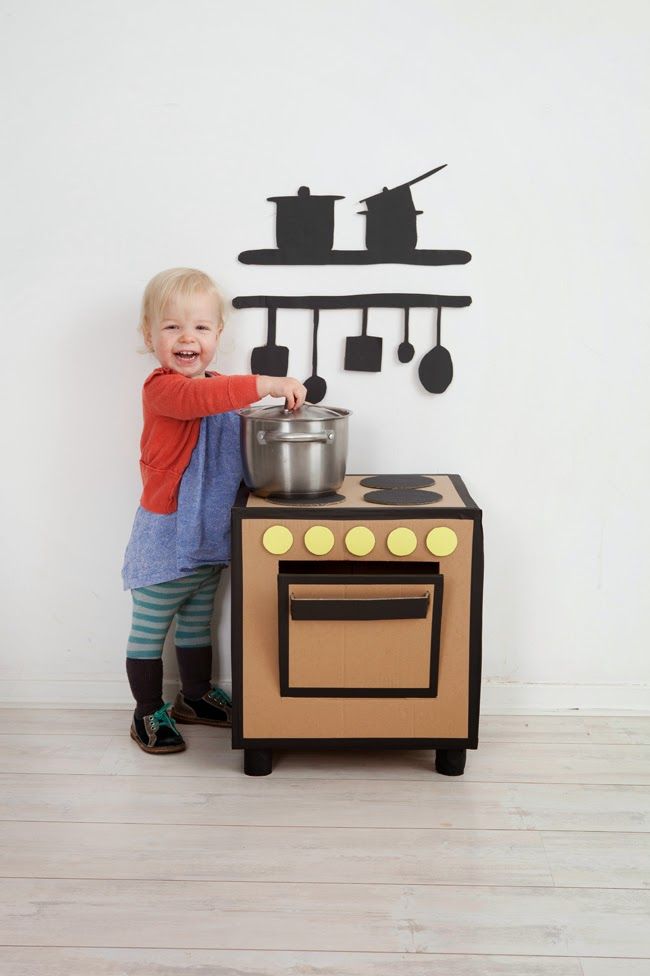
- There are so many materials that you can gather outside to play with. Check out these ideas for Natural Materials for Pretend Play.
- If it’s too wet to go camping out in the garden, come indoors and set up a Pretend Camp Site.
- This Paper Bag Vest and DIY Binoculars set are perfect to add extra fun to your “Camping Trip.
- Try our recipe for Magical Mud Pies.
“We don’t stop playing because we grow old; we grow old because we stop playing.” George Bernard Shaw
On the Move
My kids love cars and can spend many a wet afternoon zooming them around the house pretending to be racing car drivers or cops and robbers. Our playroom currently had a masking tape road map over half of it as well which they use for one of their many car related play times.
Get your child’s imagination moving with these ideas for pretend play activities using cars, trucks and diggers.
- This Car Track Busy Bag made from a rubber car mat is just genius.
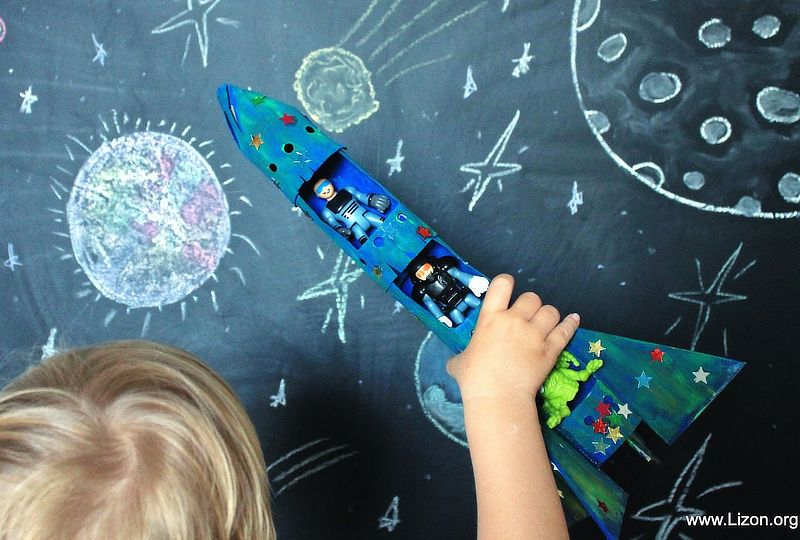
- Did you know that Jenga pieces make great road signs for some some Construction Zone Pretend Play?
- Do you have some Big trucks in your toy box? Then make some play dough mud for them in this Monster Truck Pretend Play Activity.
- Simply sticking down tape on your floor can transform your room into a Pretend City for your vehicles to drive around.
- Turn your lounge into a landfill and enjoy some Garbage Man Pretend Play.
- Fly away with this Airport Dramatic Play Centre.
- This Home-made Road from recycled cardboard is sure to keep your kids busy for a while
Play Food
I have lost count the number of pretend ice-creams I have “consumed” and how may orders I have placed in my kids all time favourite dramatic play setting – “Their Cafe” but it is a game I will never tire off (even though it does make me really hungry”) as I know how much good it is doing them as they play. My middle some even has aspirations of becoming a chef now which I am sure is partly down to the number of hours he has spent cooking for me in his pretend kitchen.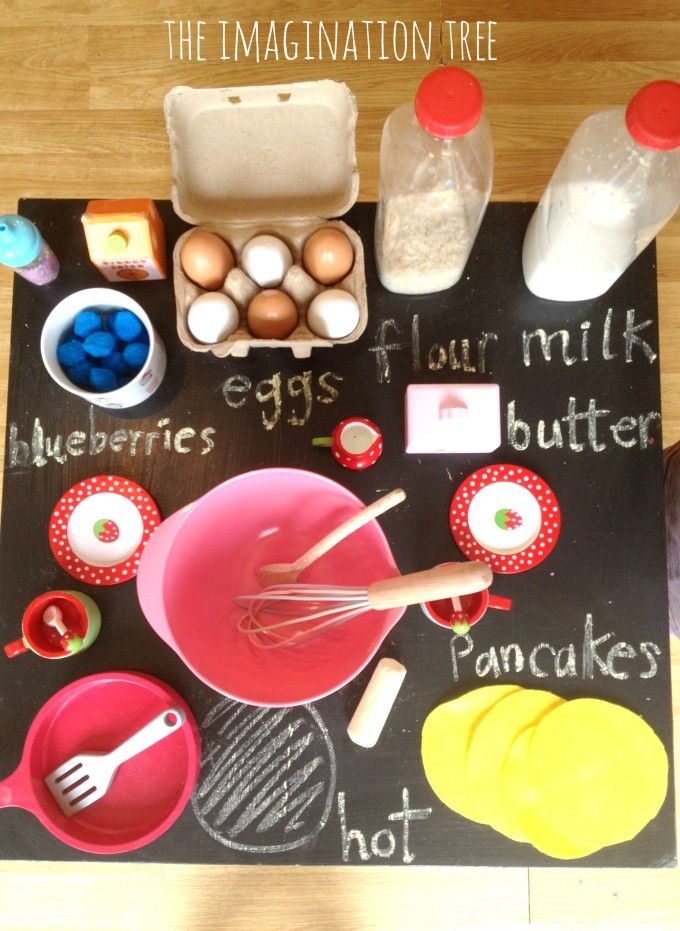
Play food can be imaginary, made from recycled packaging, you could even sew your own or buy a cheap set online. I had aspirations of sewing a set of felt food for my kids, but after spending an hour sewing a fried egg I gave in and bought a cheap set (the fried egg has made a great pin cushion for me so it wasn’t an hour totally wasted!). It has had so much use though, so it turned out to be a great investment.
- A Donut Shop is so much more fun with some cute DIY Donuts.
- These Simple Felt Chocolates would look great in a pretend sweet shop.
- Re-use your old Pizza Boxes and make your own Cardboard Pizzas for your very own Pizzeria.
- So many cool ideas here for DIY Felt Food for some shop or restaurant pretend play fun.
- Bake your own Salt Dough Bread to go in your Pretend Bakery.
- Have fun setting up your own Pretend Lemonade Stand.
- Did you know that Play dough works great as Pretend Ice Cream?
“It is a happy talent to know how to play.
” Ralph Waldo Emerson
Playing Shop
Who doesn’t remember playing shop when they were a kid? A childhood institution and one of the simplest imaginative play scenarios to set up. You can easily set up your own shop at home filled with empty packaging from your recycle bin and a toy till. Encourage your kids to take turns being customer and shop keeper as they play together. Playing shops is also a great way to introduce the concept of money and to practice using it before your kids are let loose in a shop alone once they are old enough.
- Have fun serving ice cream in your own Ice Cream Parlour or learn about money whilst playing cafes.
- Set up a Play Dough Sweet Shop or Dramatic Play Kitchen area.
- This Coffee Shop is stocked with sand, soap and water for some outdoor backyard fun.
- Make a Magazine Collage Shop and play with real money.
- Open your own Italian Restaurant for lots of Pizza and Pasta isnpired fun.
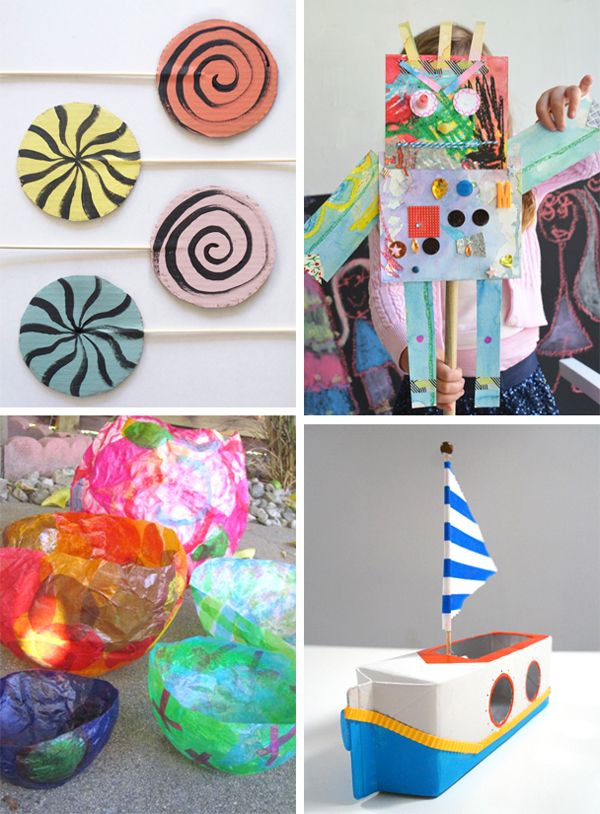
- Host a Tea Party which is fit for a Queen.
- Every child needs to play Grocery Store at home.
- Make Apple Pie the speical of the day in your cafe.
- Bake some cardbaord cookies in your own Bakery.
- You’ll always have flowers to admire if you have your own Flower Shop at home.
Click here to receive our FREE eBook
Playing with Puppets
Making your ow puppets putting on a puppet show is a great rainy day activity. Give your child as much freedom as possible to design and make their puppets and write and perform their own show. They might just surprise you with their creativity and imagination.
- Disposable gloves transformed into Finger Puppets with the little help of a few Sharpies.
- Wooden Spoons are perfect to turn into puppets as well. Get started with these Goldilocks and the 3 Bears Puppets.
- A Cereal Box is great to use as a base for a DIY Puppet Theatre.
- Do you remember making Sock Puppets at school?
- Save up some paper bags and turn them into Paper Bag Monster Puppets.
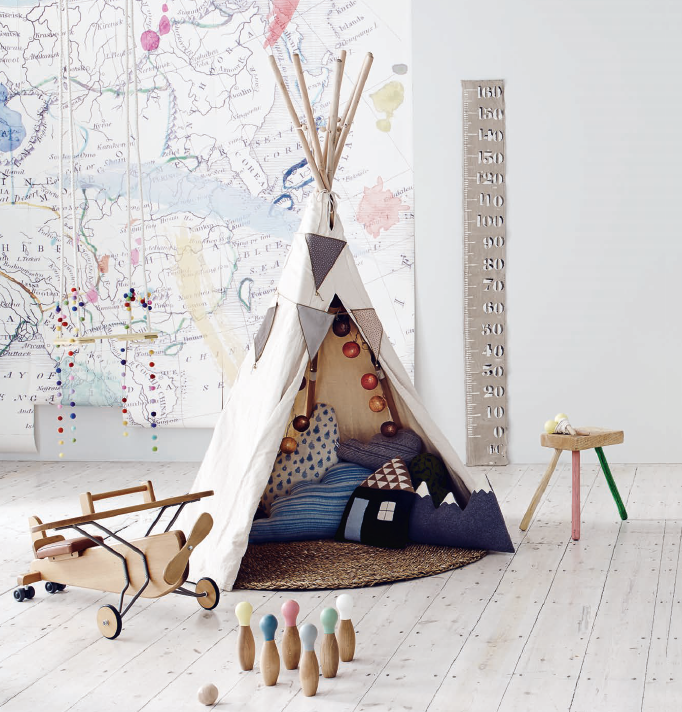
- Another cool way to make Finger Puppets this time using Pipe Cleaners.
- Make some Popsicle Stick Princess Puppets.
Telling Stories
My middle son comes up with the best stories. I wish I had just half of his imagination. He can sit down and write a tale or just tell a story with ease to his siblings as they play together. Encourage your children to tell stories with a small world play or make some Story Stones.
- Enjoy some pretend play with these Paper Plate Animal Puppets inspired by Dr Seuss “What Pet Should I get?”
- Make your own Small World We’re Going on a Bear Hunt to play with after reading the classic book.
- Re-create the story of the Three Little Pigs with this pretend play activity.
- These 10 Apples on Top inspired Apple Trees would work great on a small world farm activity.
- Setting up a Story Basket is a great way to expand on a story after you have read the book. Here is a lovely one inspired by Goodnight Gorilla.
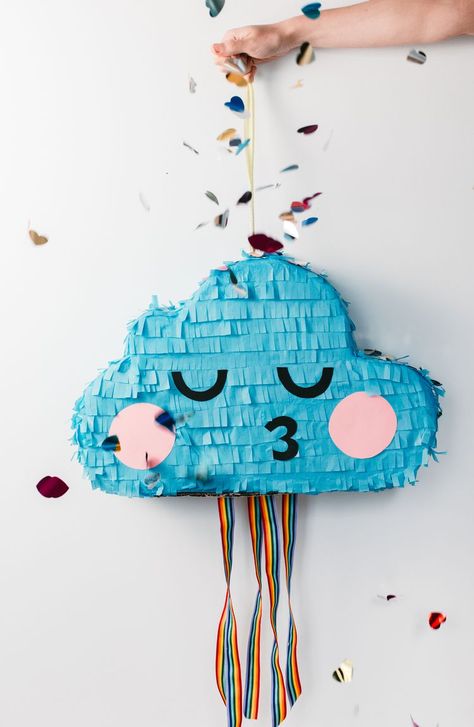
- Re-tell the Fairy Tale of Rapunzel and her long flowing hair with this Small World Invitation.
- Tell a story as you play along with this Under the Sea Pretend Play Sensory Bin
- Or why not have a go at writing your own Spooky Sticker Story.
References
The Need for Pretend Play in Childhood Development, Psychology Today
The Importance of Pretend Play, Scholastic
Let's play? 15 ideas for role-playing games with preschoolers
I wonder why children like to play pretending to be a character so much? The game can go on for hours, but from the outside it sometimes seems that nothing seems to be happening in it ... What is a role-playing game, how is it useful and how to "stir up" the child's imagination, said game therapist, psychologist Alexander Pokryshkin.
Alexander Pokryshkin, child psychologist, play therapist, DIR/Floortime 9 specialist0003
Children from 3 to 5-6 years old are passionate about imaginative and role-playing games.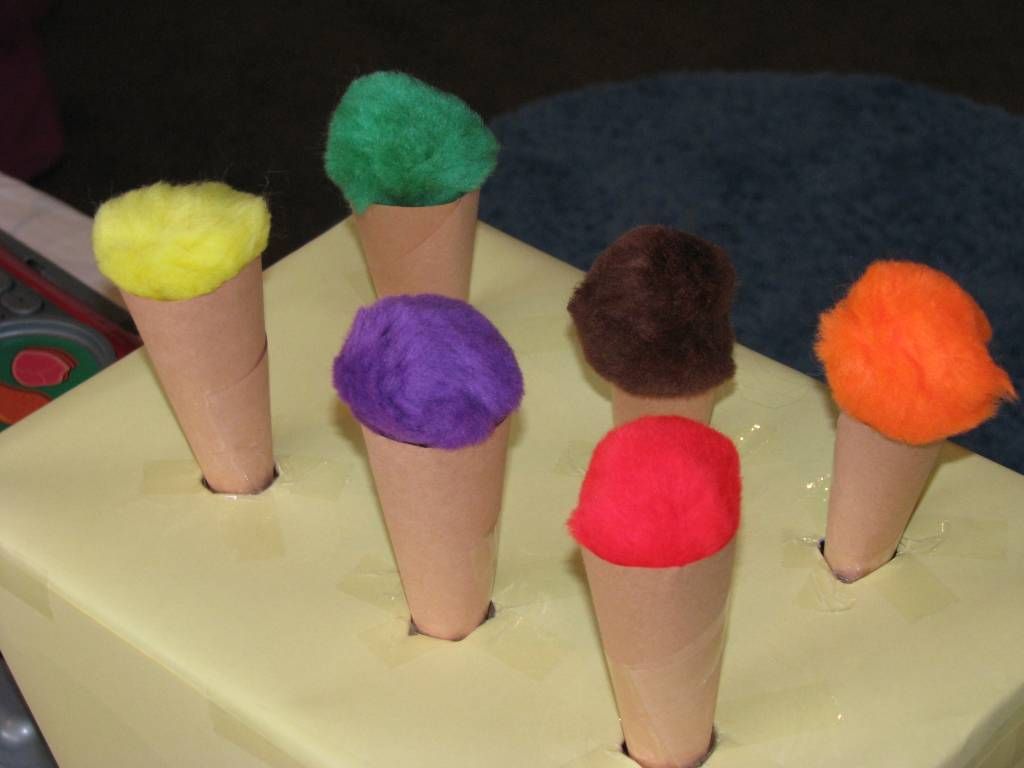 In them, the child acts "pretend": he portrays a character, or endows an object with new properties (figurative play), or even comes up with whole situations (role-playing).
In them, the child acts "pretend": he portrays a character, or endows an object with new properties (figurative play), or even comes up with whole situations (role-playing).
So, a talking kitten, Luntik or Harry Potter appears in your house, pencils turn into magic wands, and chairs into a shop counter. In such a game, children comprehend their experience, try different social roles and learn to behave more flexible, and imagination helps them in this.
What is the use?
You may get the impression that only play where there is a beginning and an end is useful for children. If the characters have already come to the store, they will certainly make a purchase, good will surely win in the battle, and evil will repent and apologize.
For this reason, parents often worry when the game does not develop: for example, squirrels are only cooking and setting the table, but no one is eating. Or the plot ended unfairly: a chipmunk invited to visit, kicked out the squirrels and ate everything alone.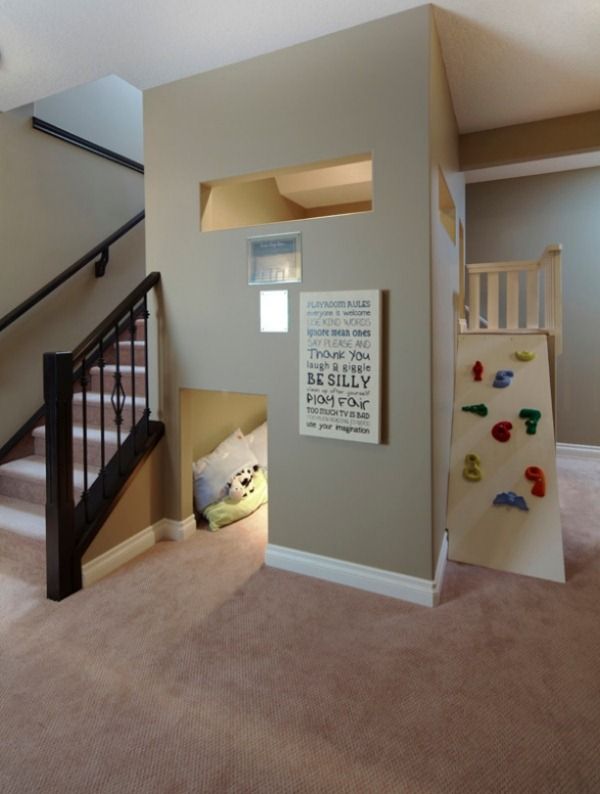 And I think that it’s not worth describing in detail how a talking puppy can get bored, who only eats and asks to be scratched behind his ear...⠀
And I think that it’s not worth describing in detail how a talking puppy can get bored, who only eats and asks to be scratched behind his ear...⠀
However, this does not mean that these games are not useful. Perhaps this is how the child felt his strength (“chipmunk”), or the ability to control the situation and receive care (“puppy”). It is difficult to imagine an adult who would refuse a child games with such meaning.
Imaginative and role-playing games deserve our trust. The main rule in them: "there are no rules." The child is the author of the game, who spontaneously invents its dramaturgy, often unexpectedly even for himself, and even more so for us.
Imagine. In the game, the child wants to go "to the sea" and carefully collects things "on the road". I am sure that few adults will put a piece of imaginary charlotte in a suitcase with clothes. Child is easy. Does he or she need to know that a real cake should not be put in a suitcase without a bag or container? Yes, one hundred percent.
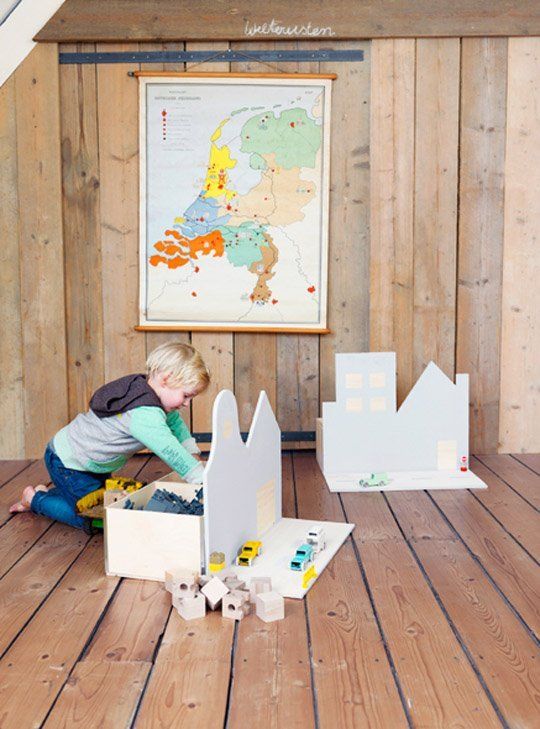
Can our advice cause irritation? It may very well be. It is very likely that the child has already decided to go on an imaginary journey, and our recommendations annoy him. How to be? Trust the author and follow his initiative.
And although sometimes our proposals do not arouse sufficient interest among children, often they are grateful to us for new ideas. I am sure that many of them are inspired by new situations and details. The abstract idea of playing "shop" can become much more attractive if you add specifics: "pet supplies", "fancy chewing gum" or "prepared food". Well, if you run out of ideas, you can google new ones. Or take from the list below.⠀
Ideas for imaginative games
- Mail (newspapers and magazines, boxes, wrapping paper, stickers, scales).
- Bakery (dough, oven, coffee machine, desserts).
- Grocery store (grocery basket, cash register, barcode scanner).

- Restaurant (menu, dishes, groceries, cooker, ready meals).
- Pirate ship (ship - pillows, chairs or sofa are fine - pirate clothes and weapons, cannons and a flag).
- Wizard School (ingredients for magical elixirs, robes, magic wands).
- Aircraft pilot and passengers (pilot uniform, helm and instrument panel, food and trays for stewardesses or stewards).
- Doctors and hospital (doctor's coat, syringe, phonendoscope, tablets).
- Veterinarians (animals (live or toys), drugs, doctor's clothing).
- Library (books to choose from, reader register, librarian's desk).
- Office (computer, desktop, documents and folders for them, printing, meeting room and stage for presentations).
- Beauty salon (mirror, lamp, cosmetics, nail polishes, manicure accessories).
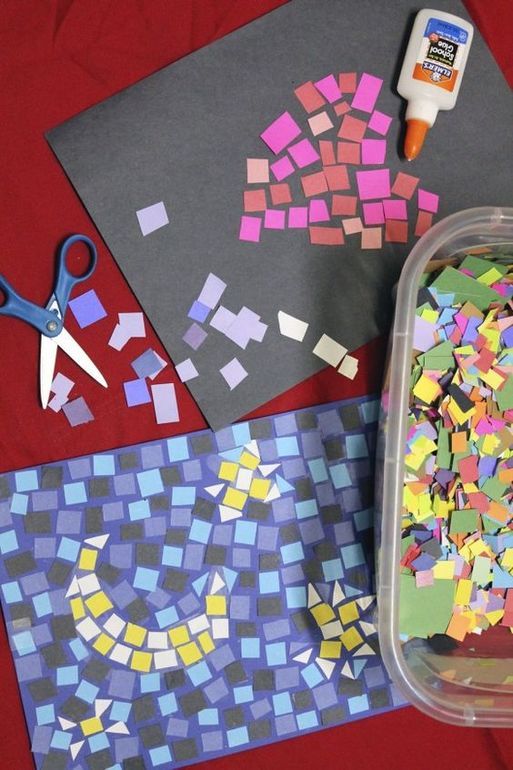
- Scuba diving (diving mask, submarine or bathyscaphe, marine plants, fish and animals, shipwrecks and message bottles).
- Round-the-world trip on ship (ship, groceries, binoculars, map).
- Flight to the Moon (space suits, lunar rover, lunar landscape).
What role-playing games do your children like to play? What imagination games did you play as a child?
See also:
Paper games for the little ones
Favorite childhood books. Quiz by Leonid Vladimirsky's illustrations
10 fun ball games that don't require a big company
Photo: CroMary, Oksana Kuzmina, Alexandru Marian /Shutterstock.com
game development
Role-playing (imaginary) game. Na you with autism
Role (imaginary) game
The child learns to role-play when you involve him in interaction with the help of imagination. You feed the doll and he feeds the doll; the doll holds out its arms and says, "Hug me one more time." Over time, the story develops, and the dolls begin to hug each other, feed each other, etc. The main thing is that the child has to take the initiative. Role-playing games help to create a world filled with a variety of symbols and increase the child's ability to use words and concepts. Usually, children during role-playing games at first simply repeat what they see at home - this is normal. But they can introduce the products of their own imagination from the very beginning.
You feed the doll and he feeds the doll; the doll holds out its arms and says, "Hug me one more time." Over time, the story develops, and the dolls begin to hug each other, feed each other, etc. The main thing is that the child has to take the initiative. Role-playing games help to create a world filled with a variety of symbols and increase the child's ability to use words and concepts. Usually, children during role-playing games at first simply repeat what they see at home - this is normal. But they can introduce the products of their own imagination from the very beginning.
At first they feed the doll like a mother, but then the doll suddenly pushes the food away and says “No” leaving the parents wondering where it came from. From a child's imagination.
In order to interest a child, one must properly prepare; it is useful to stock up on toy copies of household items so that the child can play out stories based on life experience; it is here that the imagination can first come into play. Dolls and plush animals can act as family members and friends of the baby. The child also needs the experience of living in the outside world - nature, walking, supermarkets, interactive children's museums, subway rides, playing in the sand. This experience can be relived in memory with the help of tools at hand to see what the child prefers to play at home.
Dolls and plush animals can act as family members and friends of the baby. The child also needs the experience of living in the outside world - nature, walking, supermarkets, interactive children's museums, subway rides, playing in the sand. This experience can be relived in memory with the help of tools at hand to see what the child prefers to play at home.
Introduce elements of fiction into your child's favorite activities to expand role play. For example, if he is playing with kitchen utensils, imagine that he is a cook (and you can be a cook). Start acting out a story familiar to the child. Then get him to use his imagination, for this you will have to go to tricks: if the baby doll kisses your doll, your doll may run away and say: "Your doll must find me to kiss." Suddenly the monotonous game becomes exciting, the baby doll is looking for yours and catching it. In the meantime, continue to introduce new words, inviting your child to respond verbally and creatively. The main thing is to gesticulate and speak on behalf of your character, whether it be a doll, a puppy or a horse that you yourself portray while standing on all fours.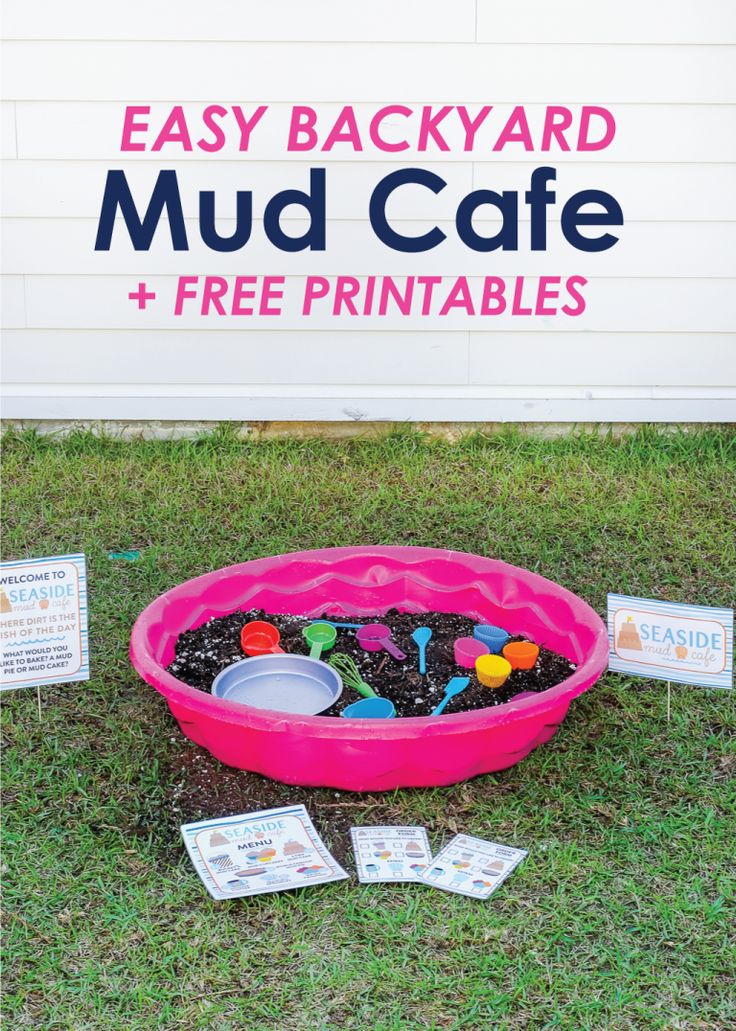
In order to systematically teach speech according to this principle, we have developed the Affect-Based Language Acquisition Course[19] (described in detail in Chapter 20). Its main feature is to create a world of symbols, to consolidate the connection between new words and their meanings through real experience enriched by the child's emotions, and role-playing games (also emotional) that fill the inner world of the baby with meaningful symbols. Over time, the child's imagination develops: spaceships go to the moon, a ballerina impresses the audience, or sea monsters scare everyone.
As part of the role play, adults should share the child's interest in the imaginary world. For example, if a child is fascinated by a car, see if he drives a doll on it. But do not speak on your own behalf, but on behalf of the doll. Become a doll and show your child how to enter the fictional world. This will introduce him to new ideas and symbolic constructions. Ask on behalf of the doll: “Can I ride your car? Can? If you don't mind, I'll get into your car.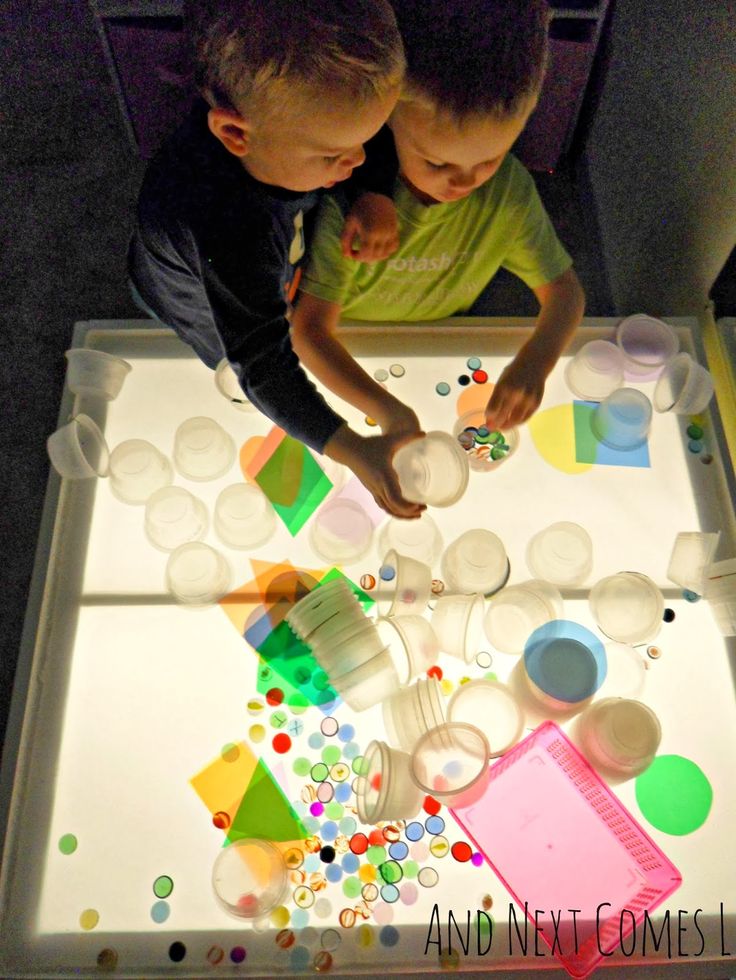 " Then put the doll in the car with the child, and he can ride it. Then present another doll to the police and ask: “Where are you going? To grandma's house or to school? and point to two houses. The child may not even know what a grandmother's house and school are, but in this way he will learn it. He will simply point to one of the houses and say: "U, u." "There? you ask, “Well, this is grandma’s house.” - You can even put a photo of the grandmother next to the playground so that the child associates the proposed idea with the image of the grandmother.
" Then put the doll in the car with the child, and he can ride it. Then present another doll to the police and ask: “Where are you going? To grandma's house or to school? and point to two houses. The child may not even know what a grandmother's house and school are, but in this way he will learn it. He will simply point to one of the houses and say: "U, u." "There? you ask, “Well, this is grandma’s house.” - You can even put a photo of the grandmother next to the playground so that the child associates the proposed idea with the image of the grandmother.
Children with motor or sensory processing difficulties have difficulty imagining the world and therefore role-playing. For children with auditory processing disorders, it is sometimes necessary to break up instructions into simple, easy-to-repeat phrases. But you should not speak too slowly or monotonously, keep a normal rhythm and intonation so that the child learns to respond to the emotional content of your speech. Children with visual processing disorders have difficulty holding images of objects in their minds, so they also find it difficult to role-play.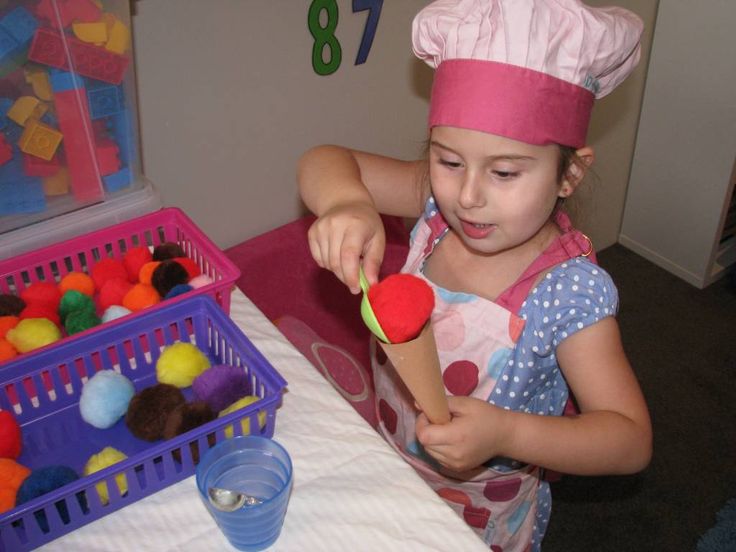 If such a child quickly jumps from one toy to another, help him connect their images with each other by explaining the roles of the toys again. For such a child, it is better to collect toys in easily visible groups so that they are not scattered everywhere.
If such a child quickly jumps from one toy to another, help him connect their images with each other by explaining the roles of the toys again. For such a child, it is better to collect toys in easily visible groups so that they are not scattered everywhere.
Children with motor impairments who have trouble sequencing ideas because of problems with sequencing should be helped to role-play and play out their ideas. Turn activities such as singing or dancing into successive performances: introduce entertainers, bows, applause, etc.
This text is an introductory fragment.
Lesson 7.2. Psychology of the negotiation process to resolve conflicts. Situational role-playing game "Negotiations"[11]
Lesson 7.2. Psychology of the negotiation process to resolve conflicts.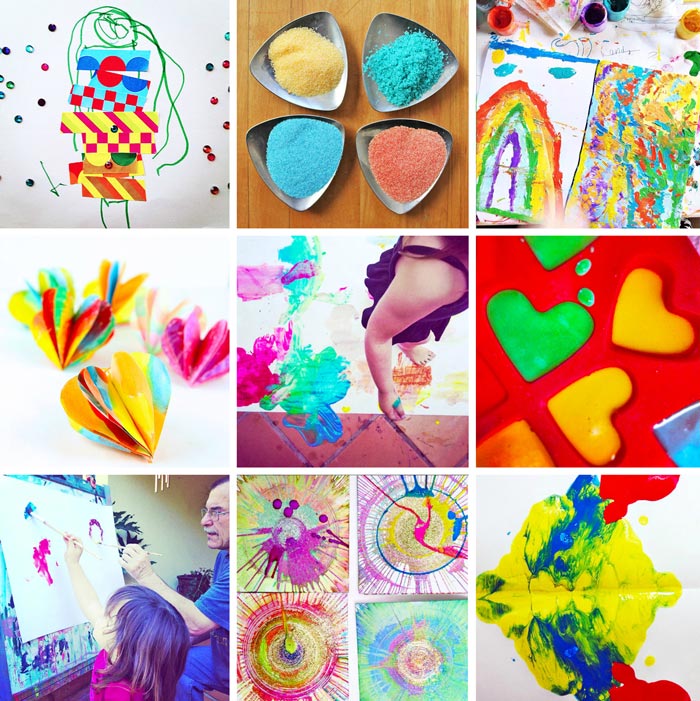 Situational role-playing game "Negotiations"[11] The purpose of the lesson. Development of business communication skills in negotiations; conflict resolution; reaching an agreement. Roles for participation in the game: 1. Specialists,
Situational role-playing game "Negotiations"[11] The purpose of the lesson. Development of business communication skills in negotiations; conflict resolution; reaching an agreement. Roles for participation in the game: 1. Specialists,
Imaginary Clay
imaginary clay I have a large piece of imaginary clay in my hands. It can be shaped into any shape by rolling it, squeezing it, patting it, etc. I will give a piece of this clay to one person in the group and I want that person to feel solidity and friend. the qualities of this clay with
POLO ROLE IDENTIFICATION
POLO-ROLE IDENTIFICATION As we have already noted, gender-role identity refers to conscious and, especially, unconscious ways of interacting with other people, reflecting a person's gender identity. What we can classify as female roleplaying
12.
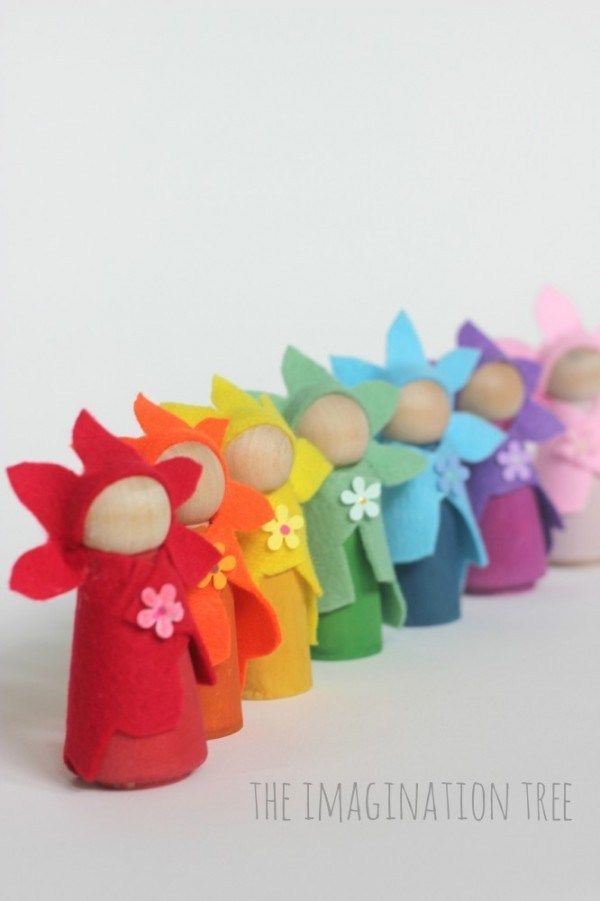 Role play
Role play 12. Role play Role play, a method of psychotherapy developed by Moreno and called "psychodrama" by him, actually uses a kind of "acting on the stage" when the client acts as if in a dramatic production. Many French psychoanalysts use in their
Role-playing praise
Role-playing praise And here are two more great ways to praise without praising and at the same time raise a responsible person. Let's ask the child for advice - as an equal or older: “Please advise how best to put this vase - this or that? ...” (Advise how to say, write ,
Role Model
role model MOTHERHOOD Demeter is, of course, a motherly image, principle and scenario. She personifies the maternal instinct, the desire to give birth to a child, the joy of becoming pregnant, the pleasure of feeding, caring for and raising children.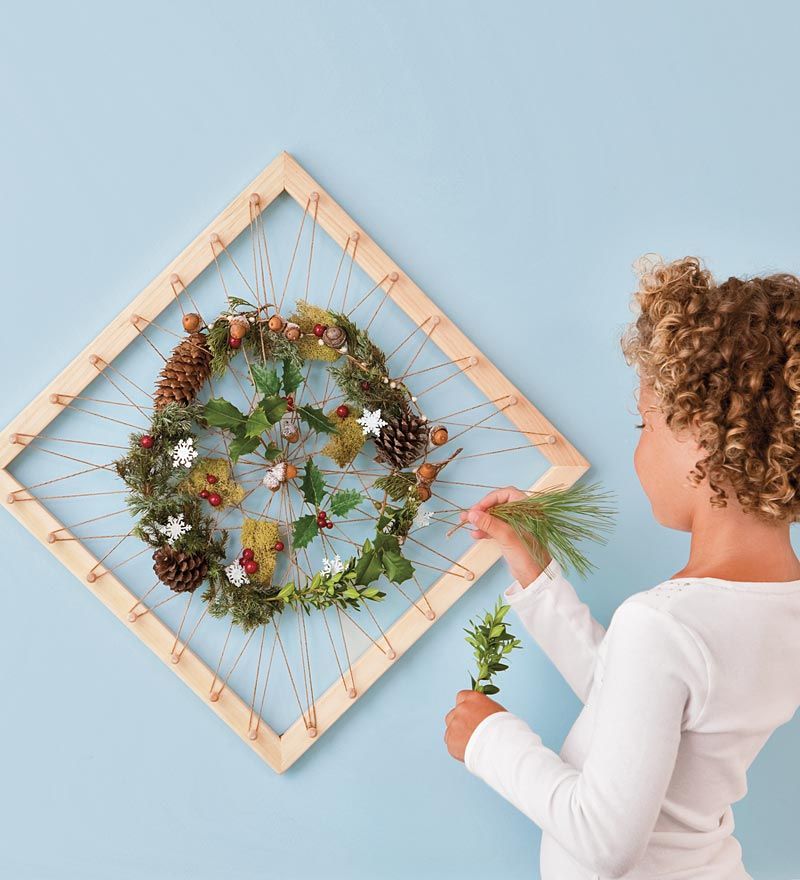 Also this and provision
Also this and provision
Role Model
role model Considering such a complex “composite” figure as the image (and archetype) of Kore-Persephone, we find that it is possible to represent it as a single one in three persons. In every Kora there is an anticipation of change, usually dramatic and even tragic (that's where
Role Model
role model PARENTS AND EDUCATION The Artemis archetype is easily activated in girls from large families, where primacy and superiority is given to boys or they themselves are older sisters, it doesn’t matter if they are brothers or sisters. Then the girl can just imitate and
Role Model
role model PARENTS AND EDUCATION The goddess Athena, as we remember, did not have a mother. Her mother Metis, while still pregnant, was swallowed by Zeus, who became the unwitting parent of the goddess.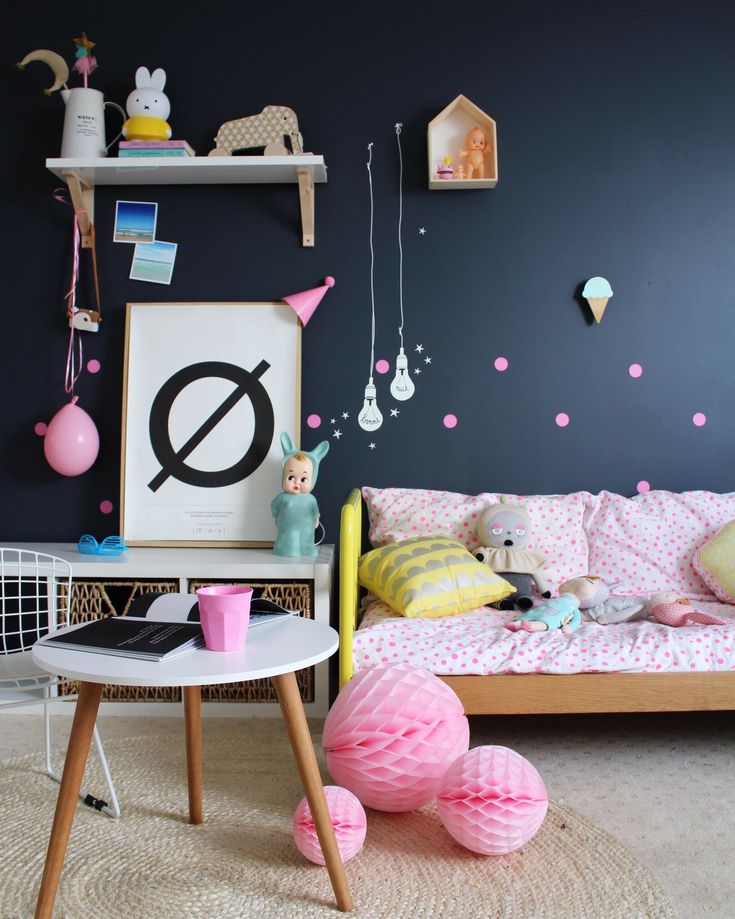 So the parents of the Athena woman can, in a sense, repeat this scenario. Girl
So the parents of the Athena woman can, in a sense, repeat this scenario. Girl
Role Model
role model PARENTS AND EDUCATION By evoking the archetype of Aphrodite, parents can raise a girl like a little princess, dressing her in the most wonderful dresses, or inspire creative feats like reading poetry or singing songs in front of guests. If this is
Role Model
role model PARENTS AND EDUCATION The Hera archetype is usually nurtured in fairly traditional families, where the main event in a woman's life is marriage. It is believed that only in this way will she be able to realize herself; other ways are not given or they are less significant.
Role Model
role model PARENTS AND EDUCATION From the myth of the goddess Hestia, we remember that her father swallowed her, her mother could not do anything about it.